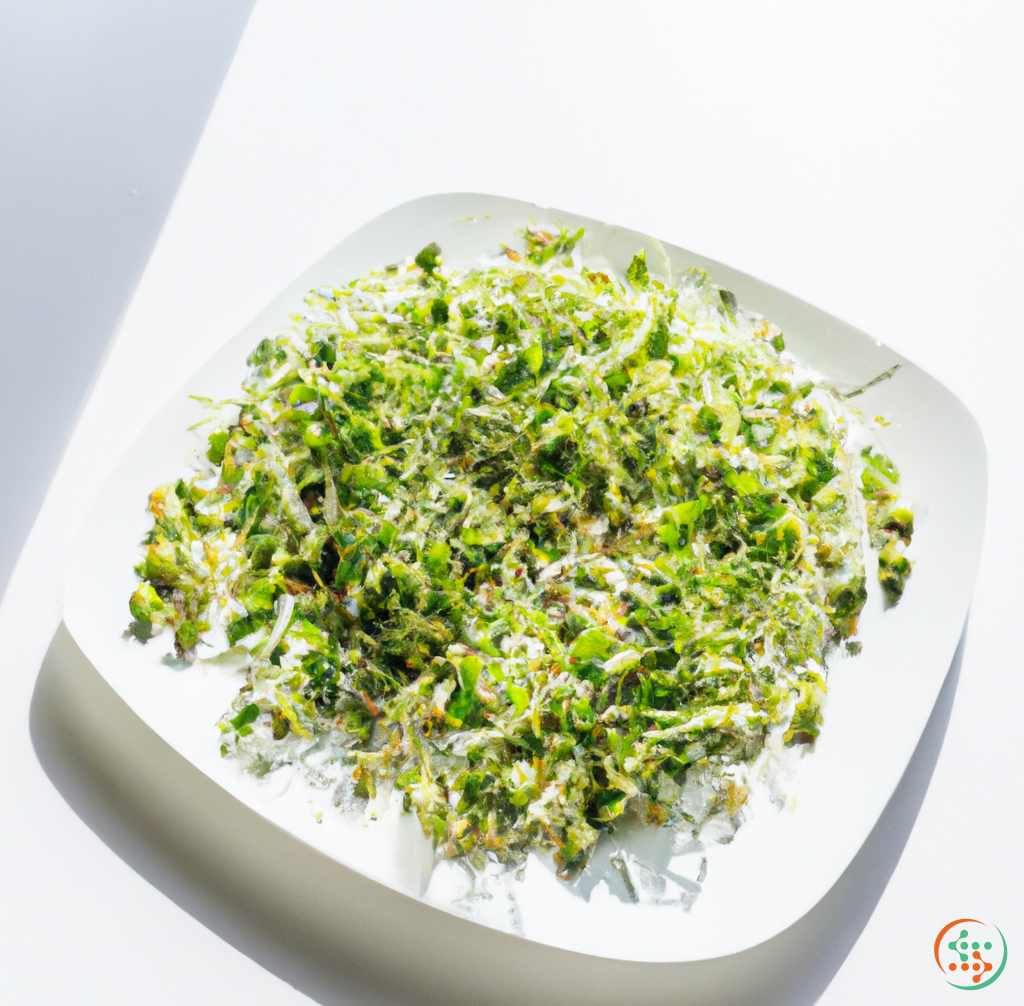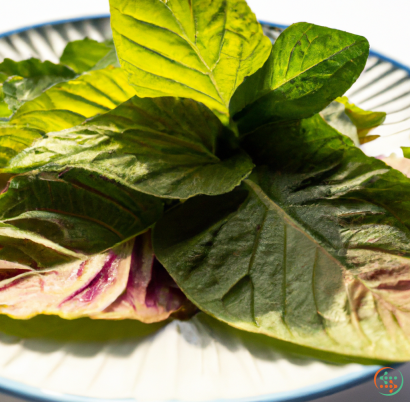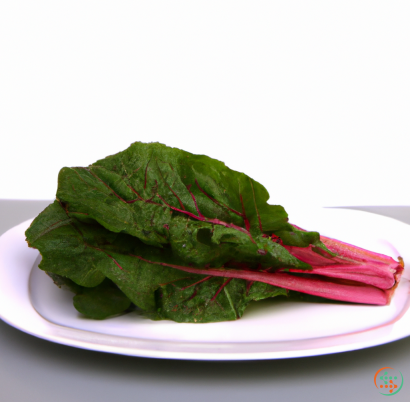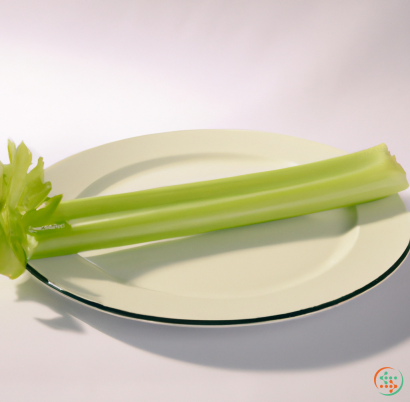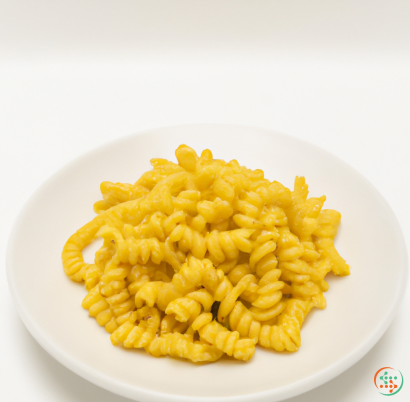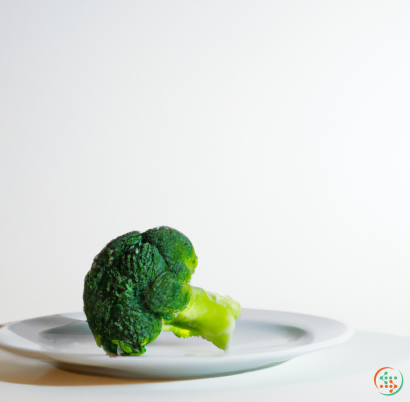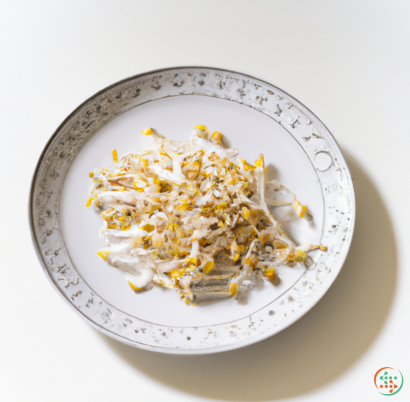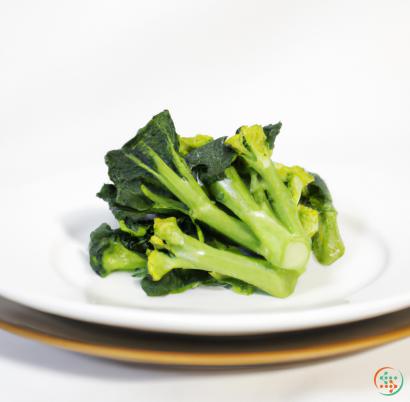Pea Sprouts
Peas are a type of legume and they come in many varieties. They are a popular garden vegetable, but they can also be sprouted to be used in salads and other dishes. Sprouted peas are nutrient-dense, and they have an earthy flavor that makes them a great ingredient for adding a slight crunch and savory note to a variety of dishes. In addition, sprouting peas increases the amount of vitamins and minerals available in them compared to regular peas.
The edible sprouts that are produced from peas, referred to as pea sprouts, can be grown from either fresh or dried peas. Dried peas can be found in grocery stores and have already been harvested and allowed to dry for later use. Fresh peas, on the other hand, are harvested during the growing season and are very tender in comparison to dried peas. No matter which type of pea is used, pea sprouts can be grown with relative ease in the comfort of your own home.
The first step in growing pea sprouts is to select the type of pea you are wanting to grow. Your choice of peas will largely depend on the flavor and texture you would like your pea sprouts to have. Peas are divided into two categories, European and American. European peas are sweeter and nuttier, while American peas tend to be a bit heartier. Each type of pea can be sprouted, but the time it takes for the sprouts to form may vary.
Once you have selected your pea type, the next step is to prepare it for sprouting. If you are using fresh peas, you can go ahead and skip this step. However, if you are using dried peas, you will need to soak them in water overnight. This will soften the peas so they can absorb water, begin to sprout, and reach the desired softness suitable for eating.
After you have soaked your peas and they have reached the desired softness, it's time to actually begin sprouting them. To do this, you will need to find a container that has some drainage holes in bottom, such as a colander, so the pea sprouts can get enough air to keep them from rotting.
Next, fill the container with a few inches of lukewarm water, and add the peas. Let them soak for about 8-12 hours. After this, remove any floating peas that have not sunk, and strain the remaining peas, discarding the water. Now, the peas should be ready for the sprouting process.
For the final step of the sprouting process, you will need to put the peas in a warm, dark location and cover with a thin towel. You will also want to make sure to check on the peas daily and rinse them with lukewarm water every 8-12 hours. This will help prevent mold from developing. As long as you maintain the moist environment and darkness, the peas should sprout after 5-7 days.
When the peas are done sprouting, they will have little white sprouts that look like tiny hairs. Now they are ready to be added to your favorite dishes! Pea sprouts are a delicious and nutritious addition to salads and stir fries, plus they make a great garnish for sandwiches and tacos. They are also full of vitamins and minerals, such as Vitamin K, A, B1, B2, B6, and zinc, which makes them a great choice for your next meal.
So if you are looking for an easy way to add some extra nutrition and flavor to your dishes, give pea sprouting a try. With this method, you can guarantee that your pea sprouts will stay fresh and delicious for much longer than the ones you can find in the grocery store. Enjoy!
The Journey of a Pea Sprout to the Dinner Plate
Peas are a type of legume and are a cornerstone of the human diet. They are an incredibly versatile food source, offering both tremendous nutritional value and a unique flavor to any dish. Pea sprouts may not look like full-fledged peas, but they are no less important. By understanding the journey of a pea sprout to the dinner plate, we can better appreciate the sumptuous food that is available to us.
Sprouting
The journey of a pea sprout begins with the process of sprouting. Sprouting is the process of a seed germinating and developing shoots. Once a seed is placed into a moist environment, its outer covering gradually starts to break down and the process of germination begins. In the case of peas, the seed coat will crack and a tiny root will begin to emerge from one end. After a few days, this root will feed upon the moisture and the starch in the seed, and the root will continue to grow and start to extend into the soil.
As the root grows and gains access to new nutrients, the energy stored within the seed causes the pea to start developing shoots as well as leaves. Most of these sprouts will look like tiny versions of a regular pea plant, often with just two leaves. While the size of the sprouts can vary, they can range anywhere from a few centimeters to just a few millimeters.
Environmental Factors
The environmental factors that affect the growth of the sprouts can have a drastic impact on the quality of the produce. The ideal conditions for sprouting are a warm, moist environment. Too little water, and the sprouts may dry up before reaching their full maturity. Furthermore, high temperatures can cause them to invert, meaning that the leaves and stems turn back into being hidden within the seed casing.
To grow the perfect pea sprouts, it takes a lot of time and patience. The optimal temperature for sprouting is around 20-24°C, although this can vary from variety to variety. The atmosphere should be kept at around 95-99% humidity, and the water can come from either misting or soaking. Lastly, the environment should be dark, as too much light can cause the shoots to elongate incredibly quickly, compromising their taste.
Harvesting
Now that the sprouts are fully grown, they are ready to be harvested. In most cases, the peas are harvested when they’re anywhere between 8-15 days old and still in the sprouted stage, as harvest should not occur later than 20 days after the sprouting process has begun.
When harvesting the peas, it's important not to damage the plants while they are being collected, as this can cause them to lose the flavor and nutrition they possess. As such, it is necessary to use tools that will limit the amount of damage done to the plant during the harvest, such as pea-harvesting tweezers or quick-release clips.
Post-Harvest Treatment
Once the peas are harvested, the post-harvest treatment phase begins. This step is crucial for maintaining the freshness and nutritional value of the produce. It is essential to keep the sprouts at a cool temperature to prevent spoilage, and treatments such as irradiation, cold storage, and controlled atmosphere can help.
Radiation is a common post-harvest treatment topic. Radiation has been found to have a prolonged shelf life while still being safe and healthy, as it works by destroying microbial cells found in the pea sprouts, which may cause bacterial contamination. Cold storage is also used to help keep the peas fresh, where they can be stored at 0-4°C, minimizing the effects of respiration and metabolic activities. Controlled Atmosphere (CA) storage is also beneficial, as it offers high humidity levels that promote freshness, as well as higher temperatures which could slow the ripening process.
Preparing Pea Sprouts
Once the sprouts have passed through the necessary pre-harvest and post-harvest stages, they are ready to be prepared. There are many different ways to eat pea sprouts, providing an immense array of flavors and textures.
For example, they can be boiled, steamed, or stir-fried. The former two methods are ideal for tender dishes, while the latter provides a chewier crunch to a wide range of dishes, such as fried rice. Additionally, they can be added to salads and soups to provide wonderful color and texture. Before cooking, they should be washed, peeled, and cut off most of the roots.
Journey to the Dinner Plate
Now that the pea sprouts have passed through the necessary stages, they are now ready to make their journey from the field to the dinner plate. Pea sprouts have a relatively short shelf life, making them best suited for local markets and restaurants.
In many places, this means that pea sprouts can be found in convenience stores and supermarkets, although it depends on the season and supply. For restaurants and markets, however, the demand is catered to with deliveries from local farms who supply fresh and locally grown produce.
Conclusion
The journey of a pea sprout from a field to the dinner plate is an arduous one, but the reward of its unique flavor, texture, and nutrition is worth it. From sprouting, to harvesting, to post-harvest treatment, and finally preparation, the journey of a pea sprout can teach us all a great deal about where our food comes from and how it is processed. So the next time you enjoy some delicious pea sprouts, remember and appreciate the remarkable journey they have gone through to get there.
| Vitamin C | 0.0104 grams | |
| Vitamin B1 | 0.23 mg | |
| Vitamin B2 | 0.16 mg | |
| Vitamin B3 | 0.00309 grams | |
| Vitamin B5 | 0.00103 grams | |
| Vitamin B6 | 0.27 mg | |
| Vitamin B9 | 0.144 mg |
| Calcium | 0.036 grams |
Daily Value 1.3 g
|
| Iron | 0.00226 grams |
Daily Value 0.018 g
|
| Magnesium | 0.056 grams |
Daily Value 0.4 g
|
| Phosphorus | 0.165 grams |
Daily Value 1.25 g
|
| Potassium | 0.381 grams |
Daily Value 4.7 g
|
| Sodium | 0.02 grams |
Daily Value 2.3 g
|
| Zinc | 0.00105 grams |
Daily Value 0.011 g
|
| Copper | 0.27 mg |
Daily Value 0.9 mg
|
| Manganese | 0.44 mg |
Daily Value 0.0023 g
|
| Selenium | 0.6 ug |
Daily Value 0.055 mg
|
| Threonine | 0.186 grams | |
| Isoleucine | 0.171 grams | |
| Leucine | 0.365 grams | |
| Lysine | 0.384 grams | |
| Methionine | 0.069 grams | |
| Cystine | 0.155 grams | |
| Phenylalanine | 0.251 grams | |
| Tyrosine | 0.127 grams | |
| Valine | 0.22 grams | |
| Arginine | 0.484 grams | |
| Histidine | 0.167 grams | |
| Alanine | 0.245 grams | |
| Aspartic Acid | 0.656 grams | |
| Glutamic Acid | 1.017 grams | |
| Glycine | 0.208 grams | |
| Proline | 0.277 grams | |
| Serine | 0.299 grams |
| Total Sugars | 0.131141 grams |
per 100g
|
| Palmitic acid (16:0) | 0.11 grams |
|
| Stearic acid (18:0) | 0.01 grams |
|
| Total Saturated fatty acids: | 0.12 g | |
| Oleic acid (18:1) | 0.06 grams |
|
| Total Monounsaturated fatty acids: | 0.06 g | |
| Linolenic acid (18:3) | 0.06 grams |
|
| Linoleic acid (18:2) | 0.27 grams |
|
| Total Polyunsaturated fatty acids: | 0.33 g | |
